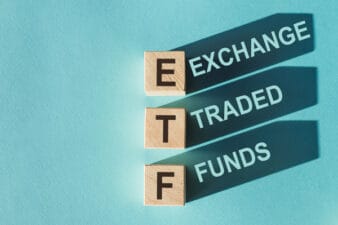All people earning a living dream of or look forward to retirement. However, dates or schedules vary depending on retirement savings or one’s nest egg. Those who say retirement is a scam are bitter maybe because they weren’t ready financially when they retired.
Retirement readiness depends on financial preparedness resulting from smart planning, although Canadians won’t retire penniless. You can start Canada Pension Plan (CPP) payments as early as 60, and Old Age Security (OAS) benefits begin at 65. However, you risk financial dislocation if you rely on the pensions alone.
The CPP and OAS won’t replace 100% of pre-retirement income. So how much do you need to quit work and proceed to the retirement exit?
Ballpark figure
According to policyadvisor.com, recent survey results show Canadians need $1.7 million to retire comfortably. The amount is a ballpark figure only because it depends on budgets, spending habits, debts, and lifestyle. Retirement planners suggest creating other income sources separate from the CPP, OAS, and other pensions.
Some retirees live off dividends, requiring minimal effort to generate regular income streams from dividend payers like Laurentian Bank of Canada (TSX:LB) and Pembina Pipelines (TSX:PPL). The combined share price is less than $75, while the average dividend yield is 6.47%.
A $1.7 million nest egg might take a lifetime to reach, although accumulating $125,162 worth of shares of each will generate $2,024.50 every quarter (about $674.63 monthly). If you don’t pocket but instead reinvest the dividends, the principal will compound to $600,000 in 25 years.
Assuming you retire today at 65, the average CPP is $758.32 (October 2023), while the maximum OAS is $713.34 (65 to 74 years old). You’d have around $2,146.89 monthly if you combine the CPP and OAS benefits with the dividend income from Laurentian Bank and Pembina Pipeline.
Dividend powerhouse
Laurentian Bank is very small compared to the Big Banks but it’s a dividend powerhouse. At $26.52 per share, the dividend offer is 7.09%. The $1.2 billion lender is a Schedule 1 bank with Ontario as its bailiwick. Financial performance in 2023 wasn’t spectacular due to higher provisions for credit losses and charges related to the restructuring, strategic-review, and mainframe outage.
In the 12 months ending October 31, 2023, revenue was flat at $1 billion, while net income fell 20.1% year over year to $181.1 million. Still, management said LB endured the massive headwinds because of a solid financial foundation and good diversification.
Top-tier pipeline stock
Pipeline operators like Pembina Pipeline are sound investment choices. The $25.1 billion firm is one of Canada’s major energy companies. Its Pipelines Division provides pipeline transportation, terminalling, storage and rail services in Canada and the US for crude oil, condensate, natural gas liquids and natural gas.
This top-tier pipeline stock didn’t lose its appeal to income investors despite switching from monthly to quarterly dividend payments in December 2022. Pembina Pipeline holds a significant position in North America’s energy transportation sector with its extensive pipeline network (over 10,000 miles). If you invest today, PPL trades at $45.70 and pays a 5.84% dividend.
An ideal scenario
Most future retirees desire to have at least the same standard of living in the working years. The goal is possible. Fill the income gap of the CPP and OAS with dividend income.








